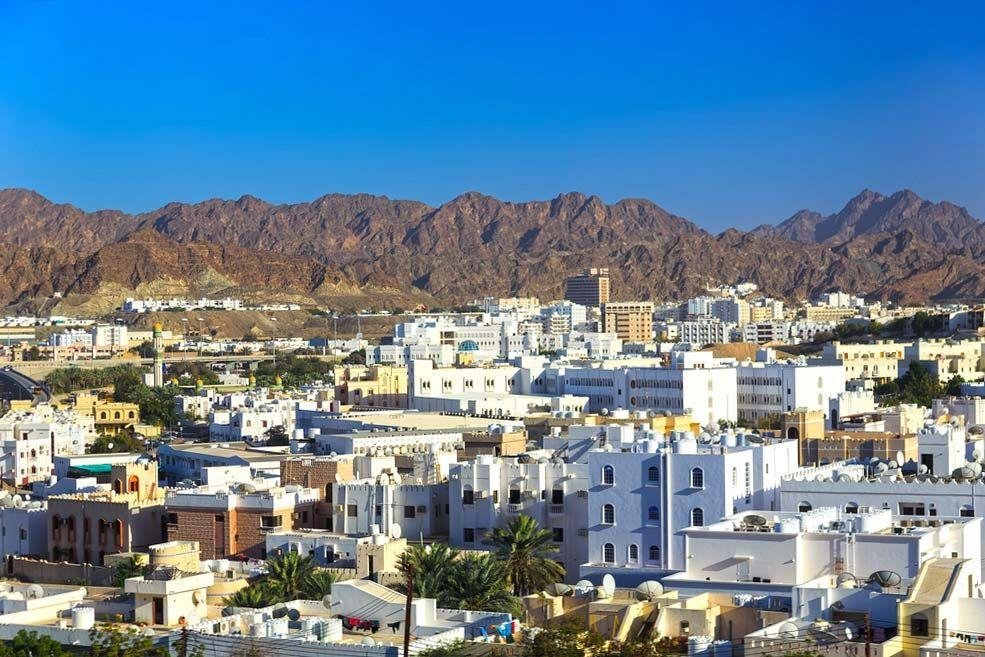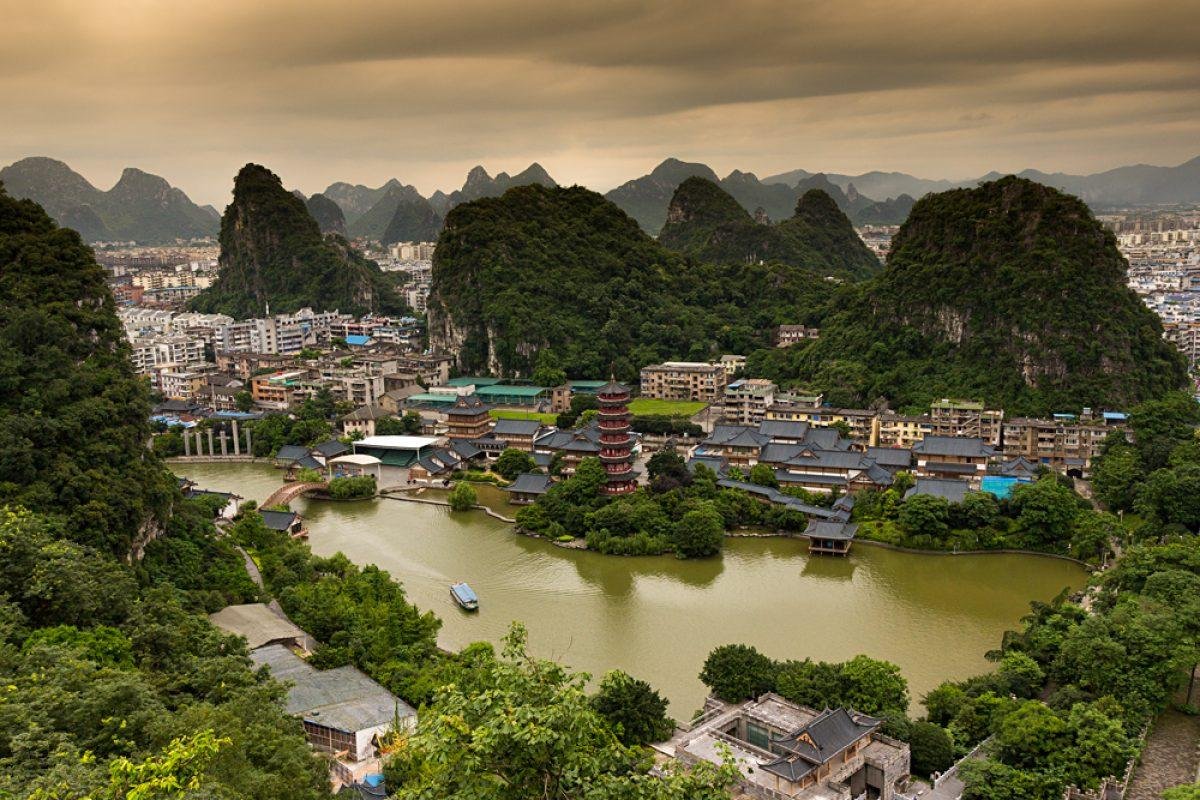Muscat, the capital city of Oman, is a captivating blend of traditional Arabian architecture and modern design, reflecti...
The Architectural Splendor of Barcelona: A Tapestry of Styles
Barcelona, the vibrant capital of Catalonia, is renowned for its extraordinary architecture that seamlessly blends the traditional with the avant-garde. The city is a canvas painted by some of the most innovative architects in history, reflecting its rich cultural heritage and artistic spirit. The skyline is dominated by the iconic Sagrada Família, designed by Antoni Gaudí. This basilica, a UNESCO World Heritage site, is a masterpiece of Modernisme, characterized by its intricate facades and towering spires that seem to reach for the heavens. Construction began in 1882 and is still ongoing, symbolizing Barcelona's dedication to art and architecture.

Another hallmark of Gaudí’s genius is Park Güell, a whimsical public park adorned with colorful mosaics and organic forms. The park, originally intended as a residential project, showcases Gaudí's ability to integrate architecture with nature, creating a magical space that invites exploration. His use of vibrant tiles and imaginative structures reflects the spirit of Catalonia.
The Gothic Quarter, or Barri Gòtic, is a labyrinth of narrow medieval streets and historical buildings that transport visitors back in time. The Barcelona Cathedral, with its stunning Gothic architecture, stands as the centerpiece of this area. Its soaring spires and intricate details exemplify the craftsmanship of the era. Nearby, the Plaça del Rei reveals the city’s medieval past through its well-preserved structures, including the Royal Palace and the Chapel of Santa Àgata.

In contrast to the Gothic style, the Modernisme movement flourished in the late 19th and early 20th centuries, with architects like Lluís Domènech i Montaner and Josep Puig i Cadafalch contributing significantly to the city’s architectural landscape. The Palau de la Música Catalana, designed by Domènech i Montaner, is a concert hall celebrated for its stunning stained glass and elaborate mosaics. Its vibrant interior and exterior make it a true gem of Catalan Modernisme.
Casa Batlló, another of Gaudí's masterpieces, showcases his distinctive style with its undulating facade and colorful ceramic tiles. The building, often referred to as the "House of Bones," is characterized by organic shapes and a façade that resembles a dragon's back. A visit to Casa Batlló offers a glimpse into Gaudí’s imaginative world and his commitment to breaking architectural conventions.

The influence of Modernisme can also be seen in Casa Milà, popularly known as La Pedrera. This residential building, characterized by its wavy stone facade and rooftop chimneys, is a testament to Gaudí's innovative use of space and form. The building’s interior features natural light and fluid layouts, reflecting Gaudí’s belief in harmony between nature and architecture.
Barcelona's architectural diversity extends beyond Gaudí and the Modernisme movement. The city also embraces contemporary design, exemplified by the Torre Glòries (formerly known as Torre Agbar), designed by Jean Nouvel. This bullet-shaped skyscraper, illuminated at night, has become a symbol of modern Barcelona, representing the city’s forward-thinking spirit.
The waterfront area, particularly the Barceloneta beach, features a blend of modern and traditional architecture. The W Barcelona Hotel, designed by Ricardo Bofill, resembles a sail rising from the sea, adding a contemporary touch to the historic seaside neighborhood. This juxtaposition of old and new creates a dynamic urban landscape that showcases Barcelona’s evolution.
Public spaces also play a crucial role in Barcelona's architectural identity. The Plaça de Catalunya serves as a central hub, connecting various neighborhoods and offering a vibrant atmosphere filled with shops, cafes, and artwork. The design of public squares, such as the Plaça Reial with its palm trees and Gaudí-designed lamp posts, reflects the city's commitment to creating inviting communal spaces.
The city’s architecture is not limited to residential and public buildings; it also encompasses important cultural institutions. The National Art Museum of Catalonia (MNAC), housed in the Palau Nacional, showcases a blend of Romanesque, Gothic, and Modernista styles. Its grand staircase and panoramic views of the city highlight the importance of art and culture in Barcelona.
As the city continues to grow, innovative architectural projects are emerging, such as the 22@ district in Poblenou, which transforms former industrial areas into vibrant hubs for technology and creativity. This initiative reflects Barcelona's commitment to sustainability and modernization while preserving its historical character.
Barcelona’s architecture is deeply intertwined with its cultural identity. The city's streets are alive with art, music, and creativity, influenced by its rich history and contemporary movements. Festivals, such as La Mercè and Sant Jordi, celebrate the city's artistic spirit, further enriching its architectural landscape.
In addition to its visual appeal, Barcelona's architecture has a profound impact on its residents and visitors. The blend of styles creates a unique atmosphere that fosters creativity and innovation.
Share:




